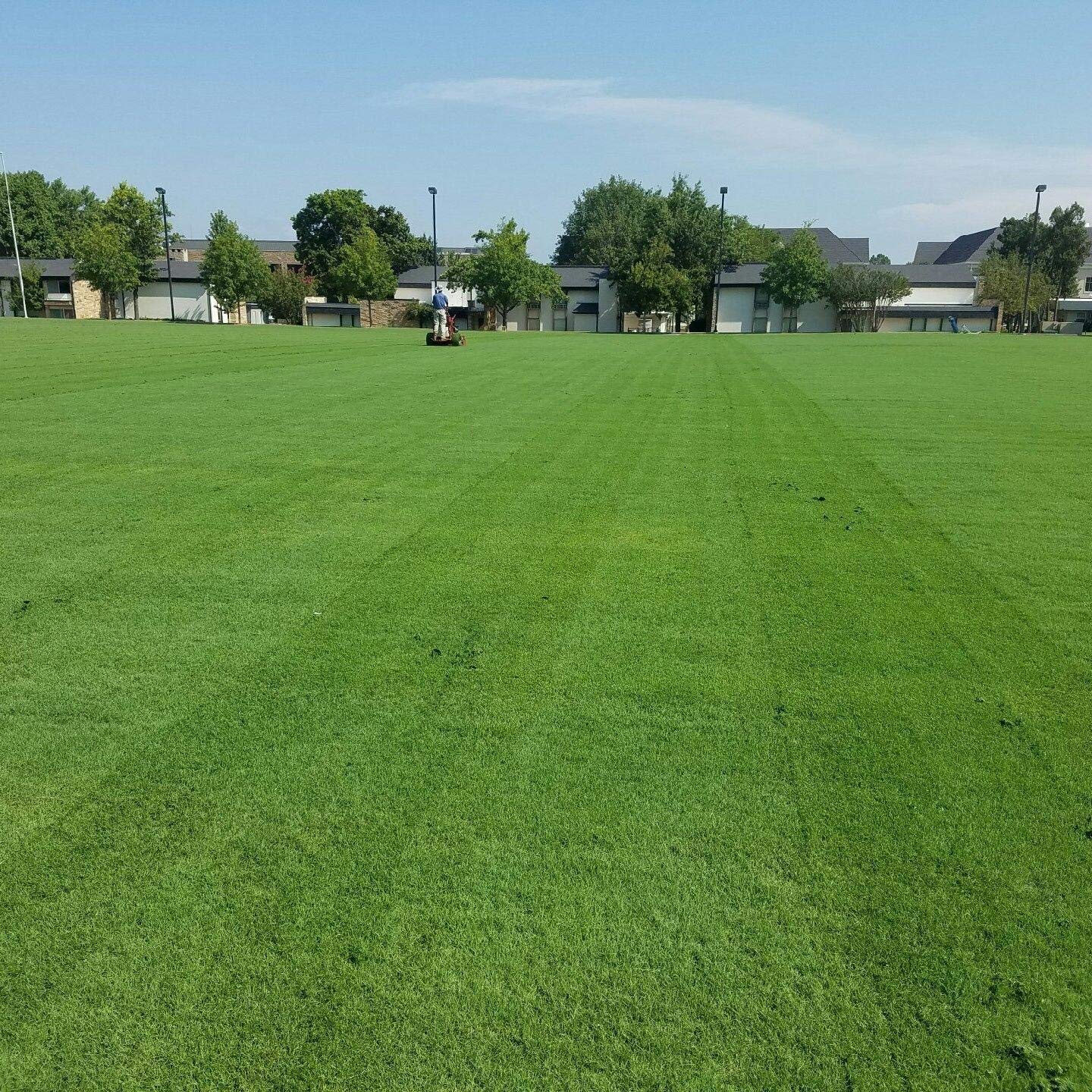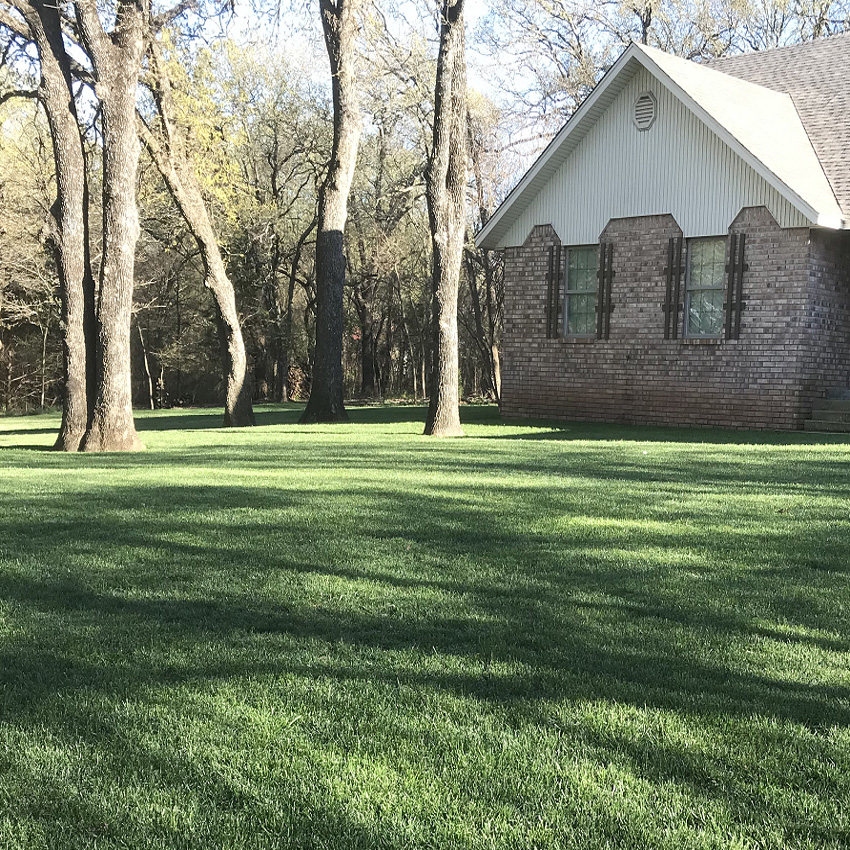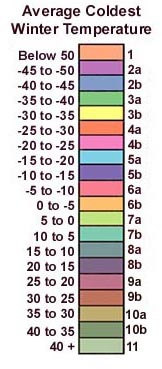
Arden 15 - warm season
- Golf Courses
- Lawns
- High End

Grasses used in Alabama can be divided in to two groups: warm season grasses and cool season grasses. As their names imply, warm season grasses are adapted to hot weather and are usually native to tropical or sub-tropical environments. They go dormant in the winter and turn brown. Cool season grasses are better suited to cool weather and are usually native to temperate areas. They remain green all winter long.
Warm season grasses: Bermudagrasses are the most popular warm season grass in Alabama. Bermudagrass is prized for its exceptional heat and drought tolerance which makes it well suited to the Alabama climate. Due to its fast growth habit, Bermudagrass also has a high well tolerance and is suitable for frequented lawns, soccer-fields, and gold courses alike. Bermudagrasses are more sensitive to cold weather and thus if you live in the northern areas of Alabama your best choice would be Yukon Bermudagrass which has superior cold tolerance.
warm season grass options are best suited for Alabama counties: Sumter, Choctaw, Washington, Mobile, Marengo, Clarke, Dallas, Wilcox, Monroe, Conecuh, Escambia, Baldwin, Autaguga, elmore, Montgomery, Lowndes, Butler, Crenshaw, Covington, Macon, Bullock, Pike, Coffee, Dale, Barbour, Russell, Henrey, Geneva, and Houston.

Cool season grasses: Cool season grasses are a good choice for the northern half of Alabama or shady areas in Southern Alabama. Options include: Combat Extreme Southern, Combat Extreme Transition, and OSP Ryegrass. Other than having better cold tolerance than Bermudagrasses (although worse heat tolerance), these cool-season options can remain green in winter and are usually more cost-effective.
Cool season grasses are most suited for the Alabama counties: Lauderdale, Limestone, Madison, Jackson, Colbert, Lawrence, De Kalb, Marion, Winston, Cullman, Walker, and Fayette. Counties more southern than those should consider Bermudagrass options or make sure they are planting the cool season grass in a partially shaded area.

| Click Name To View Grass Seed Choice | Type | Applications | |
|---|---|---|---|
| Bermuda Grass - Oasis |
|
Warm Season | Lawns - Full Sun - Fast Growing |
| Bermuda Grass - Blackjack |
|
Warm Season | Lawns - Full Sun - Fast Growing |
| Bermuda Grass - Yukon |
|
Warm Season |
Lawns - Golf Course - Fast Growing Full Sun - High End - Best Cold Tolerance |
| Bermuda Grass - Arden 15 |
|
Warm Season |
Lawns - Golf Course - Fast Growing Full Sun - High End |
| Centipede Grass |
|
Warm Season | Lawns - Mostly Sunny to Full Sun - Low Maintenance |
| Seashore Paspalum - Seaspray |
|
Warm Season | Lawns - Mostly Sunny to Full Sun - Best Salt Tolerance |
| Fescue/Hybrid Bluegrass Mix - Combat Extreme South |
|
Cool Season |
Lawns - Wear Tolerant - Extra Heat Tolerance Shade Only in USDA Zones 9 - 10 |
| Fescue Blend - Combat Extreme Transition |
|
Cool Season |
Lawns - Wear Tolerant - Shade Only in USDA Zones 9 - 10 |
| OSP Ryegrass |
|
Cool Season | Lawns - Golf Courses - Southern Winter Overseed |
Most of the grasses used for turf in Alabama are warm season grasses. In north Alabama, some species of fescue (especially tall fescue) are used for permanent lawns. Creeping bentgrass is used on golf courses for putting greens in the northern half of the state. Ryegrass is used to overseed warm season grasses in the winter. This provides a green color when the wearm season grass is dormant.
One grass which is not suitable for use in Alabama is Kentucky bluegrass. Although this is the most popular grass nationwide because of its great appearance, it does not have the heat resistance to stand up to Alabama summers.
Bermuda grass is the most common grass found in Alabama. While Northern Alabama lies in a transitional zone, the cool season grasses (Fescue, Ryegrass, Bluegrass) will struggle to survive the hot summer temperatures when planted. Turf Type Fescue would be the exception to that in some areas of Northern Alabama. Due to summer heat stress, warm season grasses are the primary grasses planted in Alabama for full sun. For shade, turf type fescue is the best option like our Combat Extreme.
Below is the USDA Zone Map for Alabama so you can determine which zone you reside in. Below that are our picks for your state which will do best in your area. Next on this page are tables which list various grasses and their characteristics so you can compare before you decide on your purchase. Click on the product name (ie. La Prima) for more information about that grass and to make your purchase.
| USDA Zone Map For Alabama | |
|---|---|
 |
 |
| Compare Various Grasses For Their Characteristics | ||||||||
|---|---|---|---|---|---|---|---|---|
| Cool Season Grasses |
Leaf Texture |
Establish Rate |
Nitrogen Use |
Water Use |
Drought Tolerance |
Salinity Tolerance |
Shade Tolerance |
|
| Fescue - Hard | Fine | Slow to Moderate |
Low to Very Low |
Moderate | Excellent | Low to Moderate |
Excellent | |
| Fescue - Creeping | Fine | Moderate | Low to Moderate |
Moderate | Good | Low | Excellent | |
| Fescue - Turf Type | Moderate to Coarse |
Moderate | Moderate to High |
Low to Moderate |
Excellent | Low | Good to Excellent |
|
| Ryegrass - Perennial | Fine to Moderate |
Very Fast | Moderate to High |
Moderate to High |
Good | Poor to Moderate |
Poor to Moderate |
|
| Warm Season Grasses |
Leaf Texture |
Establish Rate |
Nitrogen Use |
Water Use |
Drought Tolerance |
Salinity Tolerance |
Shade Tolerance |
|
| Bermudagrass | Fine to Moderate |
Moderate to Fast |
Moderate | Moderate to High |
Excellent | Very Good | Poor | |
| Centipedegrass | Moderate to Coarse |
Slow | Low | Low | Good | Moderate | Moderate to Good |
|
| Seashore Paspalum | Moderate | Moderate | Moderate | Moderate | Excellent | Excellent | Good | |
| Compare Various Grasses For Their Characteristics - Continued | ||||||||
|---|---|---|---|---|---|---|---|---|
| Cool Season Grasses |
Fertility Needs |
Wear Resistance |
Mowing Height |
Cold Tolerance |
Acid Soil Tolerance |
Thatching Tendency |
Heat Tolerance |
|
| Fescue - Hard | Low | Low | Medium | Medium to High |
Medium to High |
Low to Medium |
Low to Medium |
|
| Fescue - Creeping | Low | Low | Medium | High | Medium to High |
Low to Medium |
Low to Medium |
|
| Fescue - Turf Type | Low to Medium |
Medium to High |
Medium to High |
Medium | High | Low | High | |
| Ryegrass - Perennial | Medium | High | Low to Medium |
Medium | Medium | Low | Medium to High |
|
| Warm Season Grasses |
Fertility Needs |
Wear Resistance |
Mowing Height |
Cold Tolerance |
Acid Soil Tolerance |
Thatching Tendency |
Heat Tolerance |
|
| Bermudagrass | Medium | High | Low to Medium |
Low to Medium |
Medium | Medium | High | |
| Blue Grama | Low | Low | High | High | Low | Low | High | |
| Buffalograss | Low | Low | High | High | Low | Low | High | |
| Centipedegrass | Low | Low | Medium to High |
Medium to High |
High | Medium | High | |
| Seashore Paspalum | Medium to High |
Medium to High |
Low | Medium | Low | Medium to High |
High | |